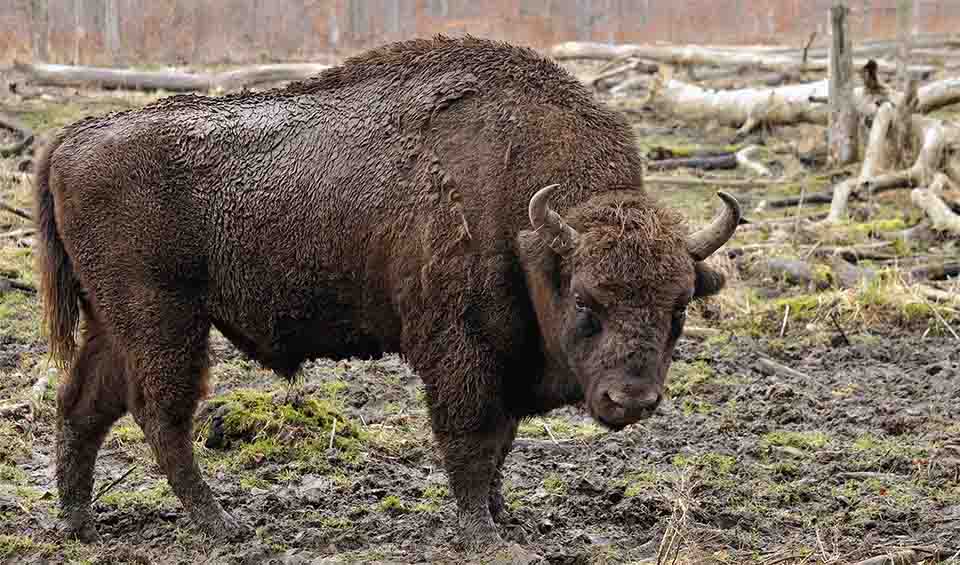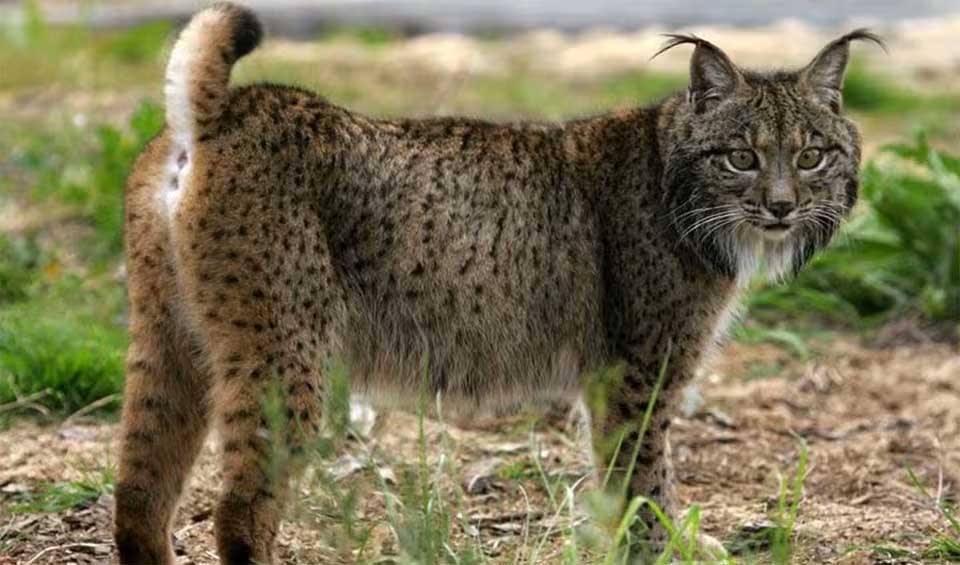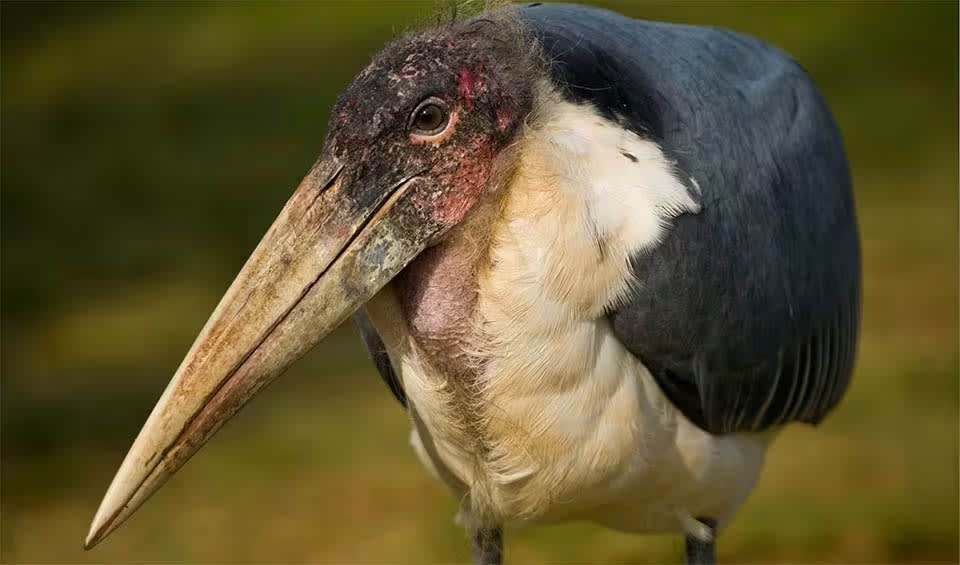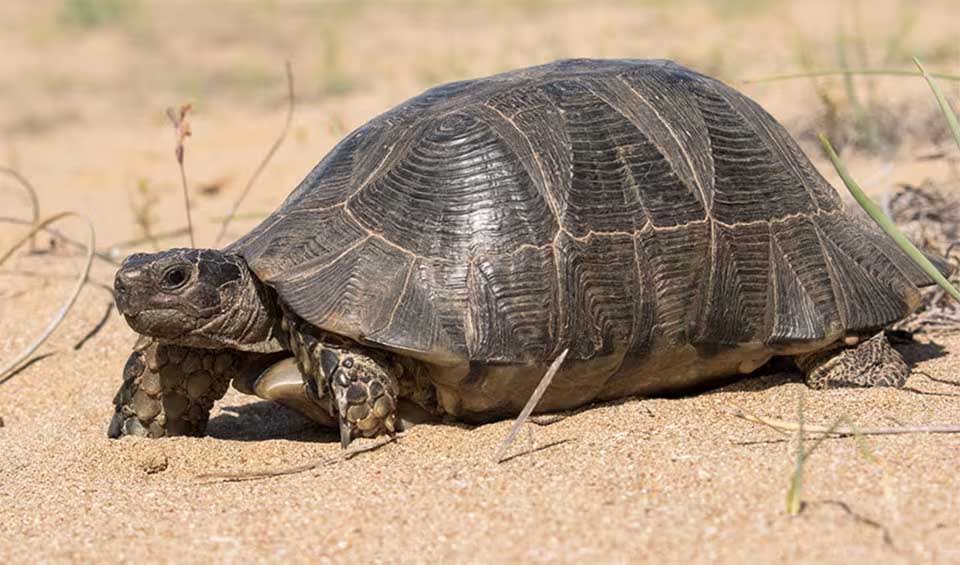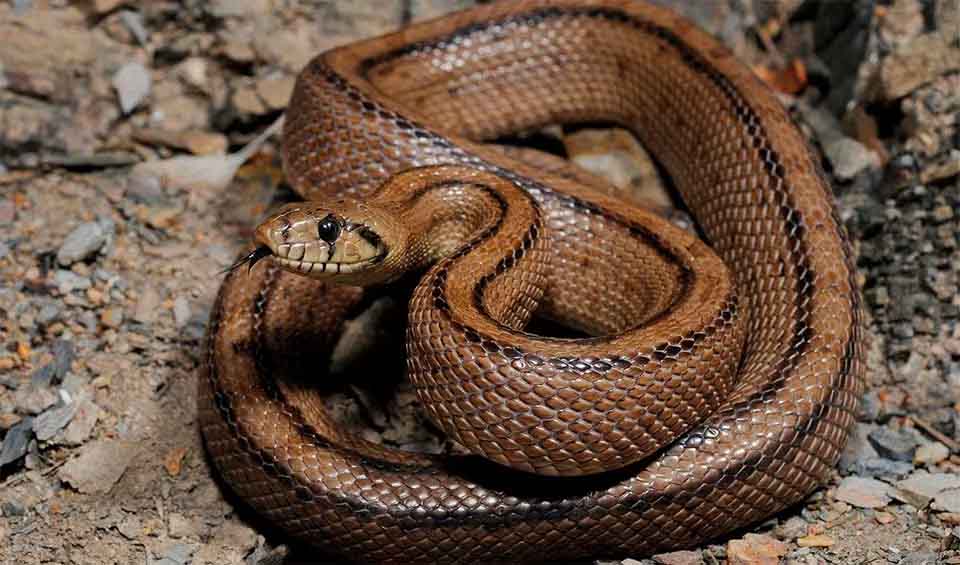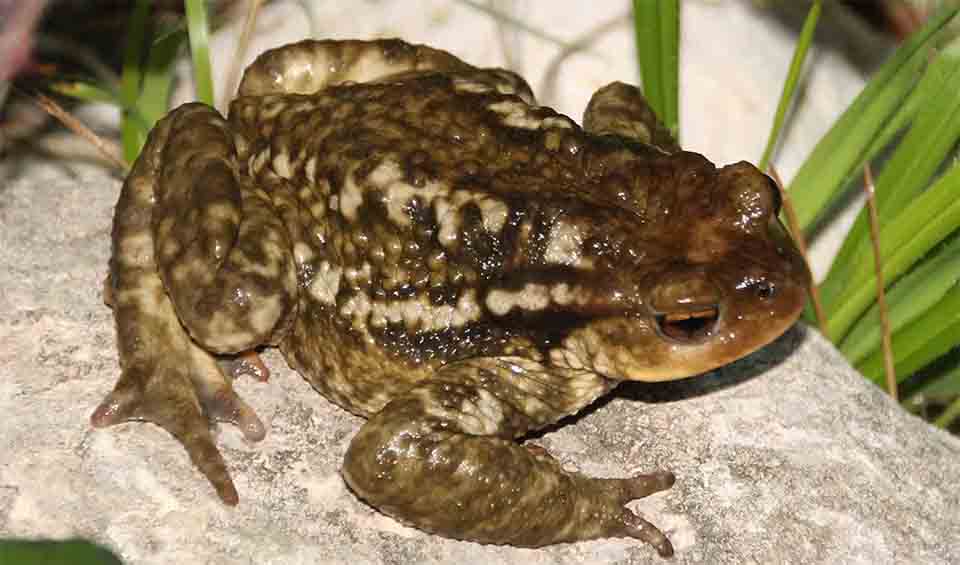Spain ranks among the world’s 25 biodiversity hotspots and stands out as one of the most biodiverse nations in the European Union. Its coastal waters, particularly in the southern Iberian Peninsula, boast remarkable biological diversity and are home to many endemic species. The geographical landscape of Spain is highly diverse, featuring a range of ecosystems such as intertidal zones, beaches, cliffs, dune systems, salt marshes, and saline steppes.
Additionally, Spain encompasses four biogeographical regions—Mediterranean, Atlantic, Alpine, and Macaronesian—each supporting various vegetation types and fauna communities. The country is also abundant in freshwater habitats, and although wetlands may be small in size, they play a significant role as centers of biological diversity. Forests and wooded areas cover approximately 32% of Spain’s territory.
Four pillars elaborated:
Spain, as the second-largest country in the European Union, comprises significant terrestrial and marine areas, including the mainland peninsula, the Canary Islands, and the Balearic Islands. With borders shared with five neighboring countries and a population of 47.4 million, Spain maintains a population density of 94.3 people per km². Its extensive network of protected areas encompasses 141,623 km² (54,681 mi²) on land and 128,670 km² (49,680 mi²) at sea, making it the second-largest network of terrestrial and marine protected areas in the EU, respectively. These protected areas include 15 national parks, 90 natural parks, 49 biosphere reserves, and 23 marine protected areas. Land Management
Land Management
Intense human activity, erosion, the introduction of invasive species, extreme natural events, the over-exploitation of economically valuable species, desertification, soil degradation, forest fires, and climate change are all factors contributing to habitat degradation and the loss of biodiversity. Particularly vulnerable are marine species, threatened by the alteration and pollution of coastal zones, overfishing, chemical pollution, physical alteration, eutrophication of habitats, and extensive urbanization of the coast. The proliferation of alien flora and the emergence of invasive species are affecting ecologically valuable areas. Inland water ecosystems are also significantly impacted by invasive alien species, with aquaculture and connections between large artificial basins posing risks for fauna exchange. Threats to Biodiversity
Threats to Biodiversity
Spain is dedicated to preserving its diverse biodiversity through a range of conservation initiatives. Protected areas, including national parks and reserves, are integral to safeguarding sensitive ecosystems and endangered species, providing vital havens for wildlife. Spain’s involvement in the Natura 2000 network further enhances its conservation efforts by establishing protected areas across Europe. Species conservation is prioritized through habitat restoration, captive breeding programs, and regulations against illegal activities. Spain emphasizes the importance of genetic diversity and ex situ conservation to ensure the survival of threatened species outside their natural habitats. Capacity and Governance
Capacity and Governance
Spain’s Council of Ministers adopted the Strategic Plan on Natural Heritage and Biodiversity, which was aligned with the national and EU biodiversity strategies. This plan, supported by the Law on Natural Heritage and Biodiversity, outlines 39 objectives and 281 actions for conserving biodiversity and ecosystem services. It aims to enhance knowledge, protect natural capital, integrate biodiversity into sectoral policies like agriculture and tourism, and engage stakeholders in conservation efforts. Emphasizing governance and financial mobilization with a focus on sustainable development and poverty alleviation alongside biodiversity conservation. Future Trends
Future Trends
Biodiversity
Spain boasts an impressive biodiversity, thanks to its varied climate, extensive coastline, and diverse topography. Spain’s landscapes support a rich variety of flora and fauna, making it one of Europe’s most biodiverse nations. In the northern regions, such as the Pyrenees and the Cantabrian Mountains, one can find dense forests home to species like the Iberian wolf, brown bear, and the elusive Cantabrian capercaillie. These areas also support a variety of bird species, including the golden eagle and the bearded vulture.The Mediterranean region of Spain, characterized by its hot, dry summers and mild, wet winters, supports unique ecosystems with species adapted to these conditions. The Iberian lynx, one of the world’s most endangered feline species, inhabits the scrublands and forests of southern Spain. Coastal areas, particularly the wetlands like Doñana National Park, are crucial for migratory birds, serving as a stopover for species traveling between Europe and Africa. Spain’s marine environments are equally diverse, with the Mediterranean and Atlantic coasts providing habitats for dolphins, whales, and a variety of fish and invertebrates.
In the table below are the number of known species in several main groups, how many of these species are Threatened with extinction, and how many of them are Endemic (unique to Spain only):
| Species (World rank) |
Threatened | % Threatened | Endemic | % Endemic | |
|---|---|---|---|---|---|
| Mammals | 130 (#89) | 17 | 13.1% | 3 | 2.3% |
| Birds | 379 (#90) | 23 | 6.1% | 8 | 2.1% |
| Reptiles | 77 (#103) | 20 | 26.0% | 19 | 24.7% |
| Amphibians | 39 (#72) | 6 | 15.4% | 4 | 10.3% |
| Fishes | 813 (#68) | 104 | 12.8% | 6 | 0.7% |
| Plants | 6,519 (#46) | 247 | 3.8% | 274 | 4.2% |
mammals
European bison
Habitat destruction & overhunting led to extinction in the wild, now gradually being reintroduced
Iberian lynx
It was on the brink of extinction only 20 years ago; now, the population is reviving thanks to conservation measures implemented
European rabbit
They spread faster than any other colonizing mammal in the world
birds
Marabou stork
This Nature’s cleaners are the largest & heaviest living stork
Willow ptarmigan
Most common of the Galliformes in the wild habituating subarctic Tundra can tolerate brutally cold winters
Atlantic puffin
This incredible bird can hold up to 30 fish in its beak at once
reptiles
Common wall lizard
What makes them really interesting is their skin – it’s covered in lots of little bumpy scales, like tiny pearls
Marginated tortoise
Its shell is a beautifully patterned dome that offers both protection and style
Ladder snake
Doesn’t have venom, so you don’t need to worry about it if you see one
amphibians
Spiny toad
Covered in small, bumpy warts that can even have sharp points
Marbled newt
When winter comes, they bury themselves in the mud and basically freeze solid!
Spanish ribbed newt
When attacked, the Spanish ribbed newt pushes out its ribs until they pierce through its body!
National Animals
Cattle/cow
A genus of wild and domestic cattle closely related to the genus Bison
Spanish imperial eagle
One of the rarest and most endangered eagle species in the world
